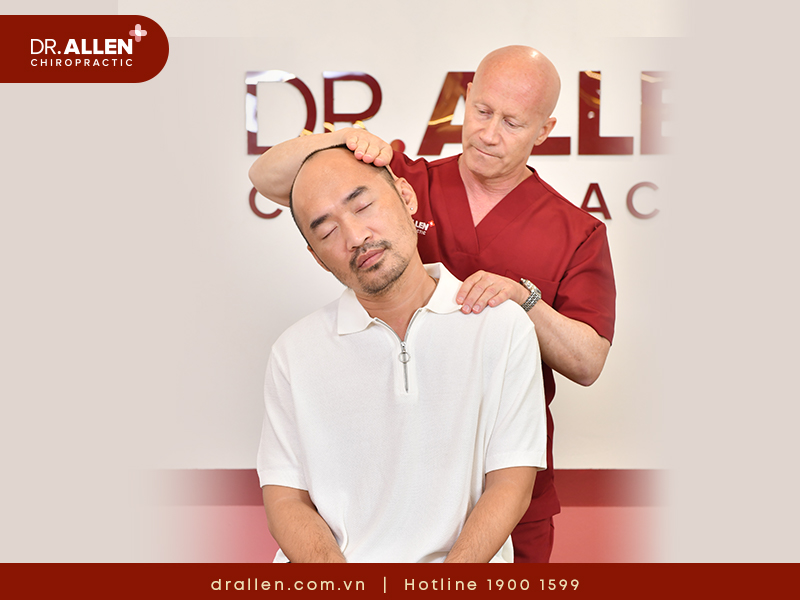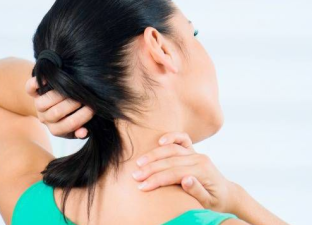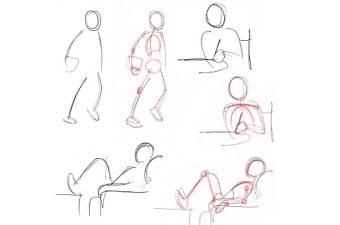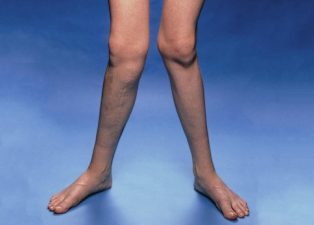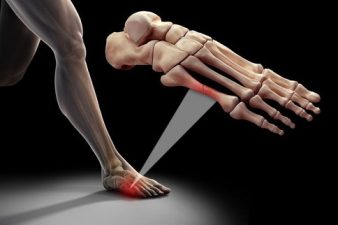Golf elbow, also known as medial epicondylitis, is a common injury that affects many golfers and individuals who engage in repetitive activities that stress the elbow joint. This condition is caused by inflammation of the tendons that attach to the bony bump on the inside of the elbow, resulting in pain, bruising, and swelling. In this article, we’ll explore the symptoms, causes, and treatment options for golf elbow.
Symptoms of Golf Elbow
The most common symptom of golf elbow is pain and tenderness on the inside of the elbow. This pain may radiate down the forearm and may worsen with certain activities, such as gripping or lifting objects. Other symptoms may include:
- Bruising around the elbow joint
- Swelling that makes the elbow look like a golf ball
- Weakness in the hand and wrist
- Stiffness in the elbow joint
Golf Elbow: Medial Epicondylitis
Medial epicondylitis, commonly referred to as “golf elbow,” is an overuse injury that results in the inflammation of the tendons that attach to the medial epicondyle, a bony bump on the inside of the elbow. This injury is caused by repeated stress on the tendons, which can lead to micro-tears and inflammation. Golfers, baseball players, and tennis players are among the most commonly affected athletes.
Causes of Golf Elbow
Golf elbow is often caused by overuse of the elbow joint, which can occur with activities that involve repetitive motions, such as swinging a golf club or racket. Other causes may include:
- Improper technique during golf swing or other repetitive activities
- Inadequate warm – up or stretching before engaging in physical activity
- Weakness in the muscles of the forearm and wrist
- Poor conditioning or lack of strength training
- Trauma or injury to the elbow joint
Right Elbow in Golf Swing: Key to Consistency
The right elbow plays a critical role in the golf swing, particularly for right-handed golfers. The position of the right elbow during the swing can significantly impact the accuracy and consistency of the shot. A right elbow that is too far away from the body can cause the club to swing too far to the outside, leading to a slice or a hook. Conversely, a right elbow that is too close to the body can result in a closed clubface, leading to a hook or a pull.
Left Elbow Pain in Golf
While golf elbow typically affects the right elbow in right-handed golfers, left elbow pain can also occur. This pain may be caused by overuse or injury to the tendons that attach to the medial epicondyle on the inside of the elbow. Proper technique, strength training, and conditioning can help reduce the risk of left elbow pain in golfers.
Treatment Options for Golf Elbow
The treatment options for golf elbow may include rest, ice, compression, and elevation (RICE), as well as anti-inflammatory medication and physical therapy. Chiropractic care, including spinal manipulation and soft tissue therapy, can also be effective in reducing pain and inflammation and improving joint mobility. In some cases, surgery may be necessary to repair severe damage to the tendons.
In conclusion, golf elbow is a common injury that can be caused by overuse and repetitive stress on the elbow joint. Symptoms may include pain, bruising, and swelling, and treatment options may include RICE, medication, physical therapy, chiropractic care, and surgery.
Proper technique, conditioning, and strength training can help prevent golf elbow and other injuries associated with repetitive activities. By understanding the causes and symptoms of golf elbow and seeking appropriate treatment, golfers and other individuals can reduce pain and inflammation, improve joint mobility, and return to their favorite activities pain-free. It is essential to seek medical attention if you experience persistent or severe elbow pain, as untreated golf elbow can lead to long – term damage and disability.
With proper care and management, most people with golf elbow can recover fully and return to their normal activities. Additionally, implementing preventative measures such as proper technique, stretching, and strength training can help reduce the risk of developing golf elbow and other related injuries. By taking care of your body and seeking appropriate treatment, you can continue to enjoy your favorite sports and activities for years to come.



